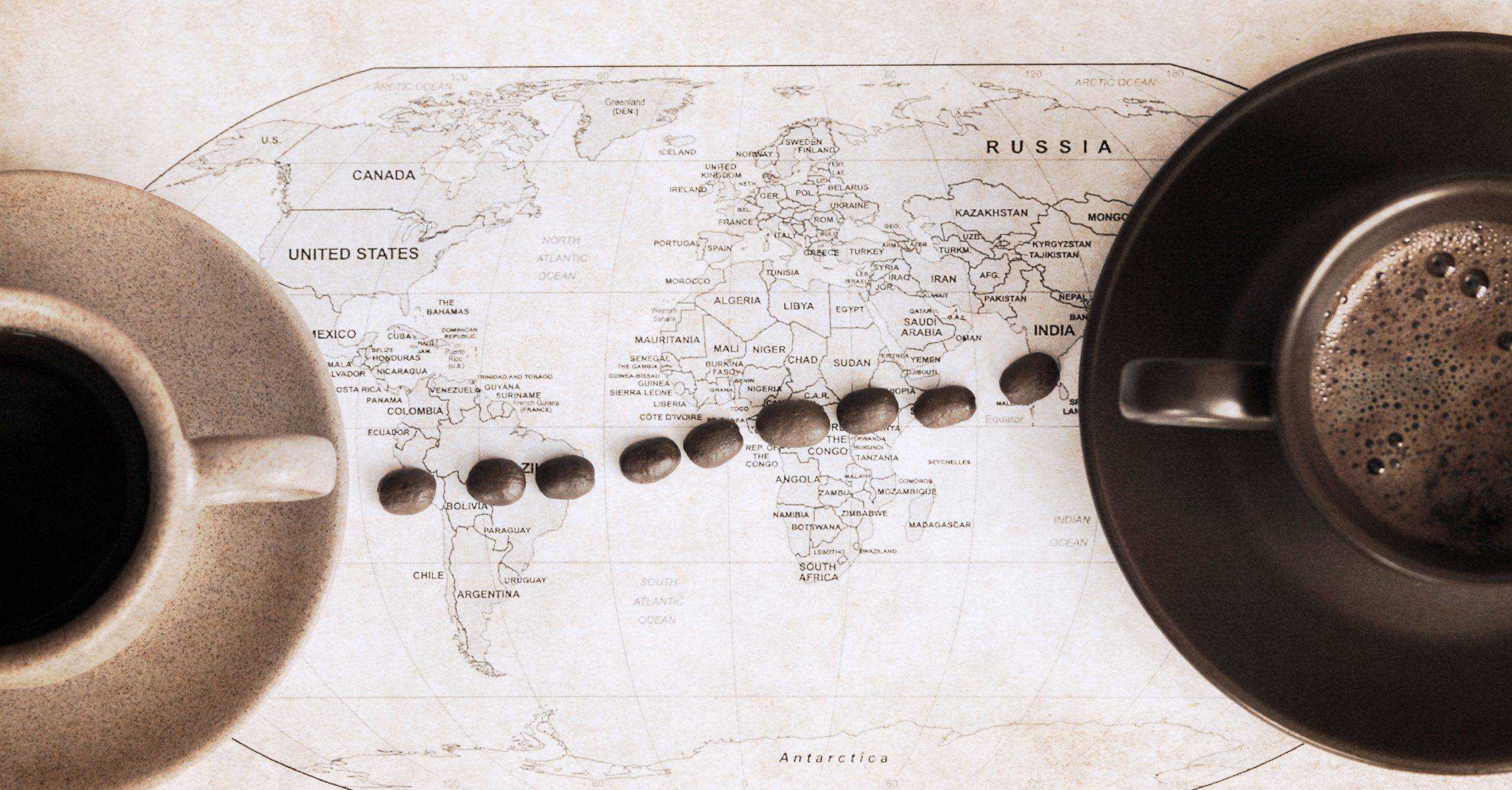Please provide your information and submit this form. Our team will be in touch with you shortly.

Coffee is one of the U.S.’s largest food imports.² It wields an economic impact that starts with farmers from Brazil to Vietnam and ends with the barista at your local coffeehouse, involving hundreds of truckers, shippers, roasters and retail workers in between.
More than 36 hands touch every coffee bean in the journey from bush to cup. And the original bean farmer can expect between 12 and 25 cents for every pound of gourmet coffee sold.³
Like many agricultural enterprises, coffee is grown on large plantations and small farms alike. Harvests are purchased by coffee mills located proximate to coffee growing regions, either directly from the plantation and farm cooperative, or via a trader who buys from the farmer in the hopes of re-selling at a higher price.
The mills take these “cherries”—so called because the beans are red—and brings them through a milling process that dries them and removes their husks to reveal the inner green bean.
The green beans are brought into the U.S. by importers and sold to roasters and major coffee brands whose roasting facilities are typically located in coastal cities with seaports that can receive the coffee shipments.
Once roasted, coffee will be ground (or left as whole beans), packaged and shipped to distribution centers around the country for eventual delivery to retail outlets.
Coffee’s journey to your table may travel a different path given the rise of specialty roasters and a growing connection between coffee retailers and farmers that removes many of these middlemen.
- StatisticBrain.com, September 1, 2016
- USDA.gov, May 5, 2017
- GroundworkCoffee, 2017


